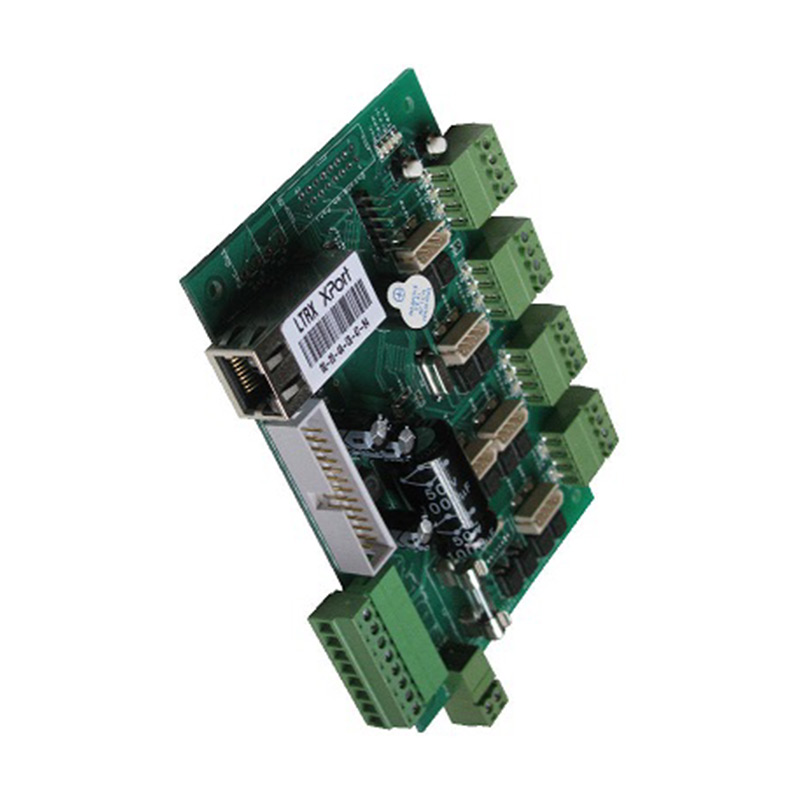

The Allure of Grey Tinted Glass A Modern Architectural Choice
In the ever-evolving world of architecture and design, materials play a crucial role in shaping the aesthetics and functionality of structures. Among the various options available, grey tinted glass has emerged as a popular choice in contemporary buildings. This versatile material not only enhances visual appeal but also offers practical benefits that make it a preferred selection for architects and designers alike.
Aesthetic Appeal
Grey tinted glass is known for its sleek, sophisticated appearance. It provides a modern touch that can elevate the overall look of any building, whether it’s a commercial skyscraper or a residential home. The subtleness of its hue allows it to blend seamlessly with various architectural styles, from minimalist to industrial. This adaptability gives architects the freedom to play with design elements, creating striking contrasts and harmonies with other materials used in the building’s façade.
Additionally, grey tinted glass can add depth and dimension to a structure. Unlike clear glass, which can sometimes seem flat, tinted variants create a dynamic visual experience. The way light interacts with the surface can change throughout the day, offering different perspectives depending on the angle of sunlight. This characteristic can imbue buildings with a sense of life and movement, making them more engaging and visually captivating.
Practical Benefits
Beyond its aesthetic properties, grey tinted glass boasts numerous practical benefits that are particularly relevant in today’s environmentally conscious world. One of the most significant advantages is its capacity to reduce heat gain. By reflecting a substantial amount of solar radiation, grey tinted glass helps to keep indoor spaces cooler, thereby reducing the need for air conditioning. This energy efficiency not only lowers utility bills but also contributes to a building’s overall sustainability.
Moreover, grey tinted glass provides excellent UV protection
. By blocking a significant percentage of harmful ultraviolet rays, this glass helps to protect furnishings, artwork, and flooring from fading and deterioration. This feature is particularly important for commercial spaces, such as galleries and showrooms, where preserving the integrity of displayed items is crucial.
Privacy Without Compromise
Another key benefit of grey tinted glass is its ability to offer privacy while still allowing natural light to permeate the interior spaces. This is particularly valuable in urban environments, where buildings are often situated close together. By using grey tinted glass, designers can create serene, private spaces without sacrificing the brightness that natural light provides. This balance between openness and seclusion enhances the quality of interior environments, making them more comfortable for occupants.
Innovative Applications
The versatility of grey tinted glass extends to a wide range of innovative applications. From residential homes featuring large glass panels that blur the boundaries between indoor and outdoor spaces to commercial buildings showcasing vast curtain walls, the possibilities are endless. Furthermore, grey tinted glass can be combined with other materials, such as steel and wood, to create striking visual contrasts that highlight the unique features of a design.
In recent years, advances in technology have also introduced coatings and treatments that enhance the performance of grey tinted glass. Low-emissivity (Low-E) coatings, for example, improve insulation and reflectivity, further enhancing energy efficiency while maintaining the elegant appearance of the tinted glass. These advancements ensure that grey tinted glass continues to be a contemporary choice for architects seeking to marry aesthetics with functionality.
Conclusion
In conclusion, grey tinted glass is more than just a trendy material; it represents a thoughtful approach to modern architecture. With its aesthetic allure, practical benefits, and innovative applications, it embodies the ideal balance of design and efficiency. As architects and designers continue to push the boundaries of creativity, grey tinted glass will undoubtedly remain a staple in contemporary architectural practices, shaping the skylines and interiors of tomorrow’s buildings.